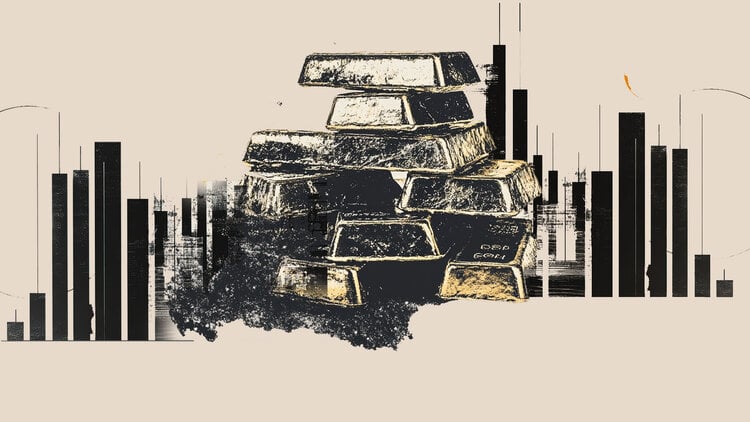- Silver price may regain its ground amid renewed risk aversion following the Trump’s recent comments.
- President Trump warned that he will charge extra 10% tariff on BRICS nations.
- The non-yielding silver may face additional pressure due to weakened odds for a Fed rate cut in July.
Silver price (XAG/USD) halts its three-day winning streak, trading around $36.70 per troy ounce during the Asian hours on Monday. The downside of the safe-haven metal could be limited amid rising risk aversion, driven by the US President Donald Trump’s recent comments.
On Monday, President Trump posted on social media “Any Country aligning themselves with the Anti-American policies of BRICS, will be charged an ADDITIONAL 10% Tariff. There will be no exceptions to this policy.”
Additionally, the risk sentiment weakens due to renewed tariff concerns as Trump may send out 12 or 15 letters on tariffs later in the day, with the expectation that trade deals or letters with most nations will be done by July 9.
US Treasury Secretary Scott Bessent said on Sunday that US President Donald Trump will send letters to some trading partners, warning that tariffs could revert to April 2 levels on August 1 if no progress is made on a trade deal. US Commerce Secretary Howard Lutnick noted that Trump is currently finalizing the specific rates and agreements and may send out 12 or 15 letters on tariffs on Monday.
The non-interest -bearing assets including Silver may further decline as strong US jobs data tempered expectations for a rate cut in July by the Federal Reserve (Fed). Moreover, growing concerns over tariff-driven inflation have dampened expectations for Federal Reserve rate cuts, with markets now pricing in only two quarter-point reductions by the end of the year.
The safe-haven Silver may gain ground due to ongoing conflict in the Middle East. The indirect ceasefire talks in Qatar between Israel and Hamas have concluded without a breakthrough, a Palestinian official told the BBC. Israeli killed at least 39 people in Gaza City on Sunday, a day after killing at least 78 Palestinians in attacks across the besieged Strip.
Silver FAQs
Silver is a precious metal highly traded among investors. It has been historically used as a store of value and a medium of exchange. Although less popular than Gold, traders may turn to Silver to diversify their investment portfolio, for its intrinsic value or as a potential hedge during high-inflation periods. Investors can buy physical Silver, in coins or in bars, or trade it through vehicles such as Exchange Traded Funds, which track its price on international markets.
Silver prices can move due to a wide range of factors. Geopolitical instability or fears of a deep recession can make Silver price escalate due to its safe-haven status, although to a lesser extent than Gold’s. As a yieldless asset, Silver tends to rise with lower interest rates. Its moves also depend on how the US Dollar (USD) behaves as the asset is priced in dollars (XAG/USD). A strong Dollar tends to keep the price of Silver at bay, whereas a weaker Dollar is likely to propel prices up. Other factors such as investment demand, mining supply – Silver is much more abundant than Gold – and recycling rates can also affect prices.
Silver is widely used in industry, particularly in sectors such as electronics or solar energy, as it has one of the highest electric conductivity of all metals – more than Copper and Gold. A surge in demand can increase prices, while a decline tends to lower them. Dynamics in the US, Chinese and Indian economies can also contribute to price swings: for the US and particularly China, their big industrial sectors use Silver in various processes; in India, consumers’ demand for the precious metal for jewellery also plays a key role in setting prices.
Silver prices tend to follow Gold’s moves. When Gold prices rise, Silver typically follows suit, as their status as safe-haven assets is similar. The Gold/Silver ratio, which shows the number of ounces of Silver needed to equal the value of one ounce of Gold, may help to determine the relative valuation between both metals. Some investors may consider a high ratio as an indicator that Silver is undervalued, or Gold is overvalued. On the contrary, a low ratio might suggest that Gold is undervalued relative to Silver.

